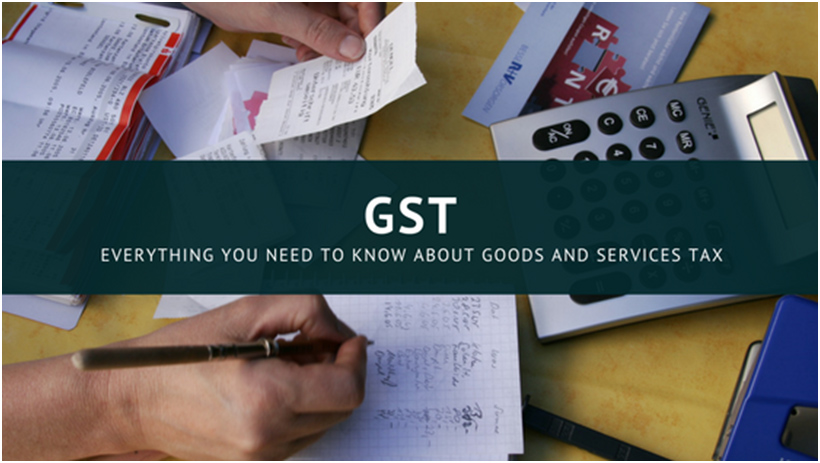As we already know, a partnership firm has various limitations and the scope of expanding is very less as compared to a private limited company. Many partnership firms nowadays convert into Private Limited Companies for the various benefits that it offers like Limited Liability, Transferability of shares, easy access to funds, Perpetual Succession etc.
Benefits of conversion :-
1. Goodwill: The goodwill of the Partnership firm is kept intact and continues to enjoy the same success story with the benefit of a better legal recognition.
2. Transfer of assets and liabilities:All the assets and liabilities of the firm immediately before the conversion become the assets and liabilities of the company.
3. Capital Gain Tax: No Capital Gains tax shall be charged on transfer of property from firm to Company. (uponfulfillment of certain conditions)
4. Stamp Duty: No instrument of transfer is required to be executed (since all the property of the firm will vest in the company) and hence no stamp duty is required to be paid.
5. Carry Forward and Set off Losses and Unabsorbed Depreciation: The accumulated loss and any unabsorbed depreciation of Partnership firm is deemed to be loss/ depreciation of the successor company for the previous year in which conversion was effected. Such loss can be carried for further eight years in the hands of the successor company.
Major Changes in Companies Act, 2013
A) The Concept of Joint Stock Company is Done Away.
B) Definition of Company has wider Meaning and implication. (Part I, Chapter XXI of CA, 2013). I.e. word “company” includes any partnership firm, limited liability partnership, cooperative society, society or any other business entity formed under any other law for the time being in force which applies for registration under this Part.
C) Section 565 to 581, Part IX of Companies Act, 1956 is have been omitted. The Concept was famously know as PART XI companies.
Requirements
a) Registered Partnership firm with minimum 7 Partners
b) Minimum Share Capital shall be Rs. 100,000 (INR One Lac) for conversion into a Private Limited Company
c) Minimum Share Capital shall be Rs. 500,000 (INR five Lac) for conversion into a Public Limited Co.
d) If the above requirement is not fulfilled by the firm, then the Partnership deed should be altered
e) Minimum 7 Shareholders
f) Minimum 2 Directors (for Private Limited Co.) and 3 Directors (for Public Limited Co.)
g) The directors and shareholders can be same person
h) DIN (Director Identification Number) for all the Directors
i) DSC (Digital Signature Certificate) for two of the Directors
Mandatory conditions for Conversion :-
- The partners shall become the shareholders of the newly formed company in the same proportions as their capital accounts stood in the book of the firm as on the date of conversion.
- The only way by which partners receive consideration is by way of allotment of shares in company and the partners share holding in the company in aggregate shall be more or equal to 50% of its total voting power and continue to be as such for 5 years from the date of conversion.
Procedure of Conversion
1. Hold a meeting of the members
Assent of majority of its partners is required ( as are present for the purpose of registering the firm under the Companies Act, 2013). Since the liability of the members of the firm is unlimited, when a firm desires to register itself as a company as a limited company, the assent of the majority is required, not less than ¾ of the partners should be present in person (proxies are allowed).
2. Obtaining the Name Approval in INC 1 for Proposed Company
An application in Form needs to be filed with the Registrar of Companies (ROC) in Form INC-1 with various attachments stating the fact that the partnership firm is proposed to be converted under the Companies Act.
3. Publishing the Advertisement in Two Newspaper (English Daily and Vernacular)
For the purpose of clause (b) of section 374 of the Act, every ‘company’ seeking registration under the provision of Part I of Chapter XXI shall publish an advertisement about registration under the said Part, seeking objections, if any within twenty one clear days from the date of publication of notice and the said advertisement shall be in Form No. URC. 2, which shall be published in a newspaper, in English and in the principal vernacular language of the district in which Limited Liability Partnership is in existence and should be circulated in that district.
4. Affidavit
File an affidavit, duly notarised, from all the ] partners to provide that in the event of registration, necessary documents or papers shall be submitted to the registering or other authority with which the company was earlier registered, for its dissolution as partnership firm, limited liability partnership, cooperative society, society or any other business entity, as the case may be.
5. Filing of E form URC 1 with ROC with Following Attachments:- (For Companies limited by Shares)
a) A list showing the names, addresses, and occupations of all persons named therein as members with details of shares held by them respectively
b) A list showing the particulars of persons proposed as the first directors of the company, their names, including surnames or family names, the DIN , passport number(if any) with expiry date, residential addresses and their interests in other firms or bodies corporate along with their consent to act as directors of the company;
c) An affidavit from each of the persons proposed as the first directors, that he is not disqualified to be a director under sub section (1) of section 164 and that all the documents filed with the Registrar for registration of the company contain information that is correct and complete and true to the best of his knowledge and belief;
d) A copy of the Act of Parliament or other Indian law, deed of partnership, bye laws or other instrument constituting or regulating the company and duly verified in the manner provided in sub-rule(4)
e) A statement specifying the following particulars:—
(i) the nominal share capital of the company and the number of shares into which it is divided;
(ii) the number of shares taken and the amount paid on each share;
(iii) the name of the company, with the addition of the word “Limited” or “Private Limited” as the case may require, as the last word or words thereof;
g) Written consent or No Objection Certificate from all the secured creditors of the applicant.
h) Written consent from the majority of members whether present in person or by proxy at a general meeting agreeing for registration under this part.
6. Certificate of Incorporation
If the Registrar in fully satisfied on the basis of documents and information filed by the applicants and decides that the applicant should be registered, he shall issue a certificate of incorporation in Form No. INC.11
*Where a firm has obtained a certificate of registration under section 367, an intimation to this effect shall be given within fifteen days of such registration to the concerned Registrar of firms under which it was originally registered, along with papers for its dissolution as a firm.
Thus, with the need of the hour, more and more partnerships are expanding and turning into private limited companies for the purpose of corporisation for the various benefits that it offers.
For help and assistance, visit us at www.gapeseedconsulting.com or call us at +919599444639.












